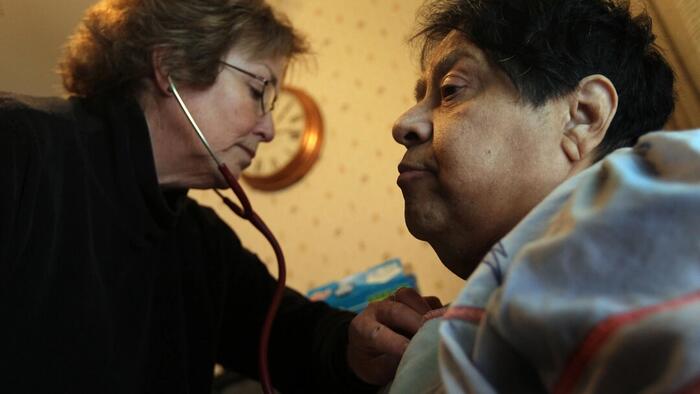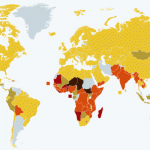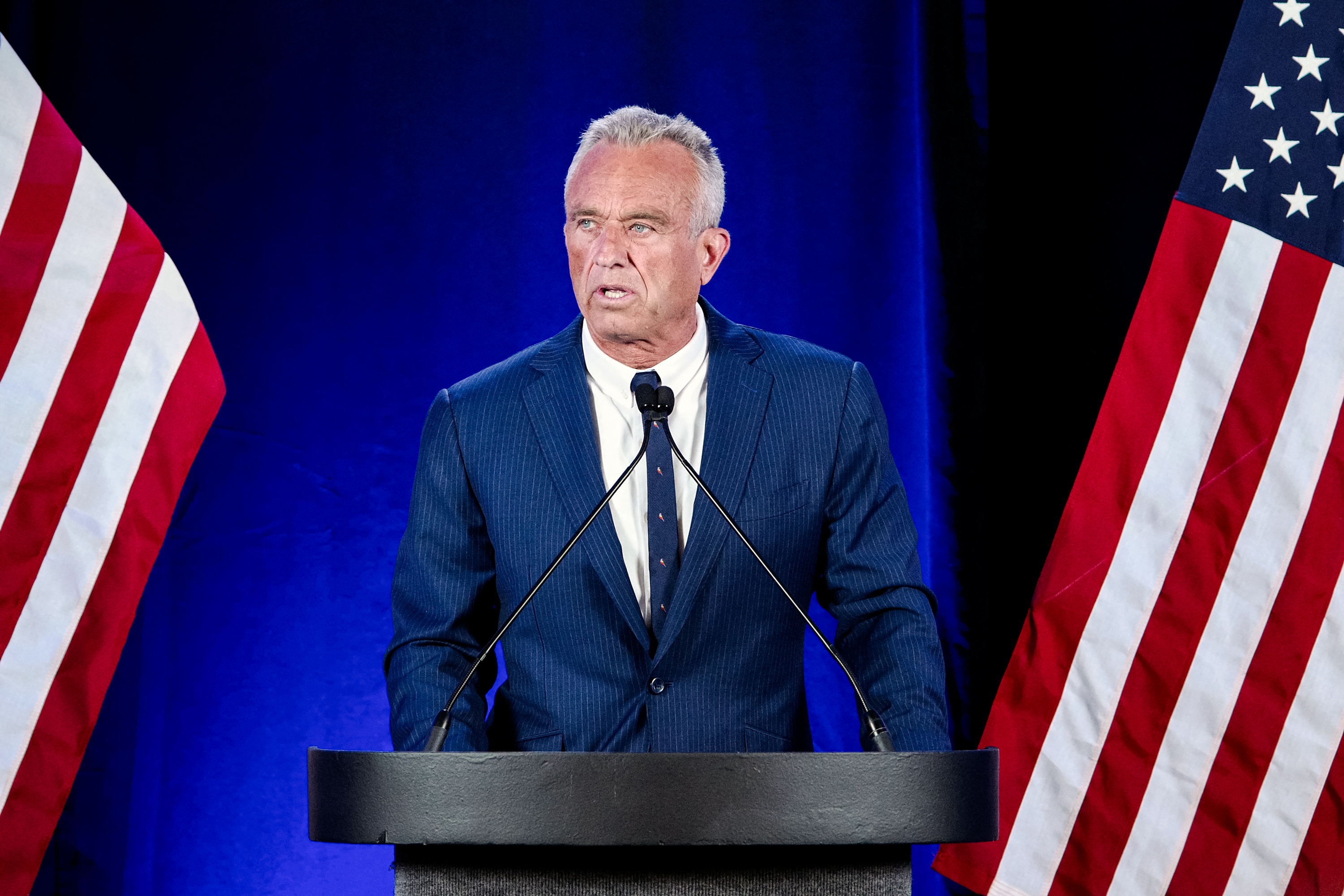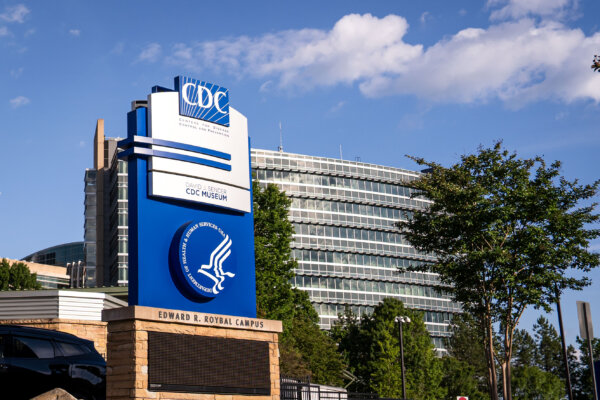Authored by Naveen Athrappully via The Epoch Times (emphasis ours),
Hundreds of millions of people globally have become diabetic over the past 30 years, leading the World Health Organization (WHO) to call for “urgent action” to deal with the health crisis.
The number of adults living with diabetes worldwide has more than quadrupled since 1990, the WHO said in a Nov. 13 statement citing the results of a recent study it supported. An estimated 828 million adults were living with the condition worldwide in 2022, an increase of 630 million from 1990.
The lowest prevalence of diabetes was in “Western Europe and East Africa for both sexes, and in Japan and Canada for women.” The highest prevalence was in Polynesia and Micronesia, certain nations in the Caribbean, North Africa, and the Middle East, as well as Pakistan and Malaysia.
In total, 14 percent of the world’s adults had diabetes in 2022, double the seven percent 30 years back.
“We have seen an alarming rise in diabetes over the past three decades, which reflects the increase in obesity, compounded by the impacts of the marketing of unhealthy food, a lack of physical activity, and economic hardship,” said WHO Director-General Dr. Tedros Adhanom Ghebreyesus.
“To bring the global diabetes epidemic under control, countries must urgently take action. This starts with enacting policies that support healthy diets and physical activity, and, most importantly, health systems that provide prevention, early detection, and treatment.”
Nearly 450 million adults aged 30 and above with diabetes remained untreated in 2022. This represented 59 percent of all adults who have the condition, a 3.5-fold jump. Ninety percent of untreated adults were living in low- and middle-income countries.
According to data from the U.S. Centers for Disease Control and Prevention (CDC), around 38 million Americans were living with diabetes in 2021, which was roughly one in 10 individuals. One in five didn’t know they had the condition. Nearly 100 million, or more than one in three Americans, suffered from pre-diabetes.
A bipartisan group of senators in June announced legislation aimed at improving the early detection and screening of type 1 diabetes, titled “Strengthening Collective Resources for Encouraging Education Needed (SCREEN) for Type 1 Diabetes Act.”
Early identification “can prevent life-threatening conditions like diabetic ketoacidosis and potentially allow for the use of therapeutics to delay the clinical onset of the condition, helping to improve patients’ quality of life and reliance on insulin,” said Sen. Susan Collins (R-Maine).
Diabetes Burden in America
A report from the American Diabetes Association last year found that the country’s annual cost of the illness was nearly $413 billion in 2022, which included more than $306 billion in direct medical costs.
Out of every $4 in health care spending in the United States, $1 was used for people diagnosed with diabetes, it said.
“In addition to its enormous physical and health burden, diabetes also carries an untenable cost burden that is often disproportionately borne by vulnerable and underserved communities,” said Charles Henderson, CEO of the organization.
He pointed out that the medical costs for such people have risen by 35 percent over the previous decade. “Reducing the cost of diabetes is essential to improving the lives of all people with diabetes.”
Several studies have shown that certain lifestyle adjustments can go a long way in managing the condition. For instance, a large-scale study involving around 103,000 adults who were followed up for over a seven-year period found that the time of eating breakfast could influence diabetes risk.
Individuals who ate their breakfast after 9 a.m. were found to have a 59 percent higher risk of developing type 2 diabetes compared to those who regularly ate breakfast before 8 a.m.
Another study found that intermittent fasting may help control blood sugar better than popular diabetes medications.
This month, a group of senators wrote a letter to senate leaders, seeking reauthorization for the Special Diabetes Program (SDP). Funding for the nearly three-decade-old program is set to expire by the end of the year.
SDP funds research on the prevention and cure of type 1 diabetes. “Research funded by the SDP is leading directly to the development of new insights and therapies that are improving the lives of those with diabetes and accelerating progress toward curing and preventing the disease,” the lawmakers wrote.
Loading…











